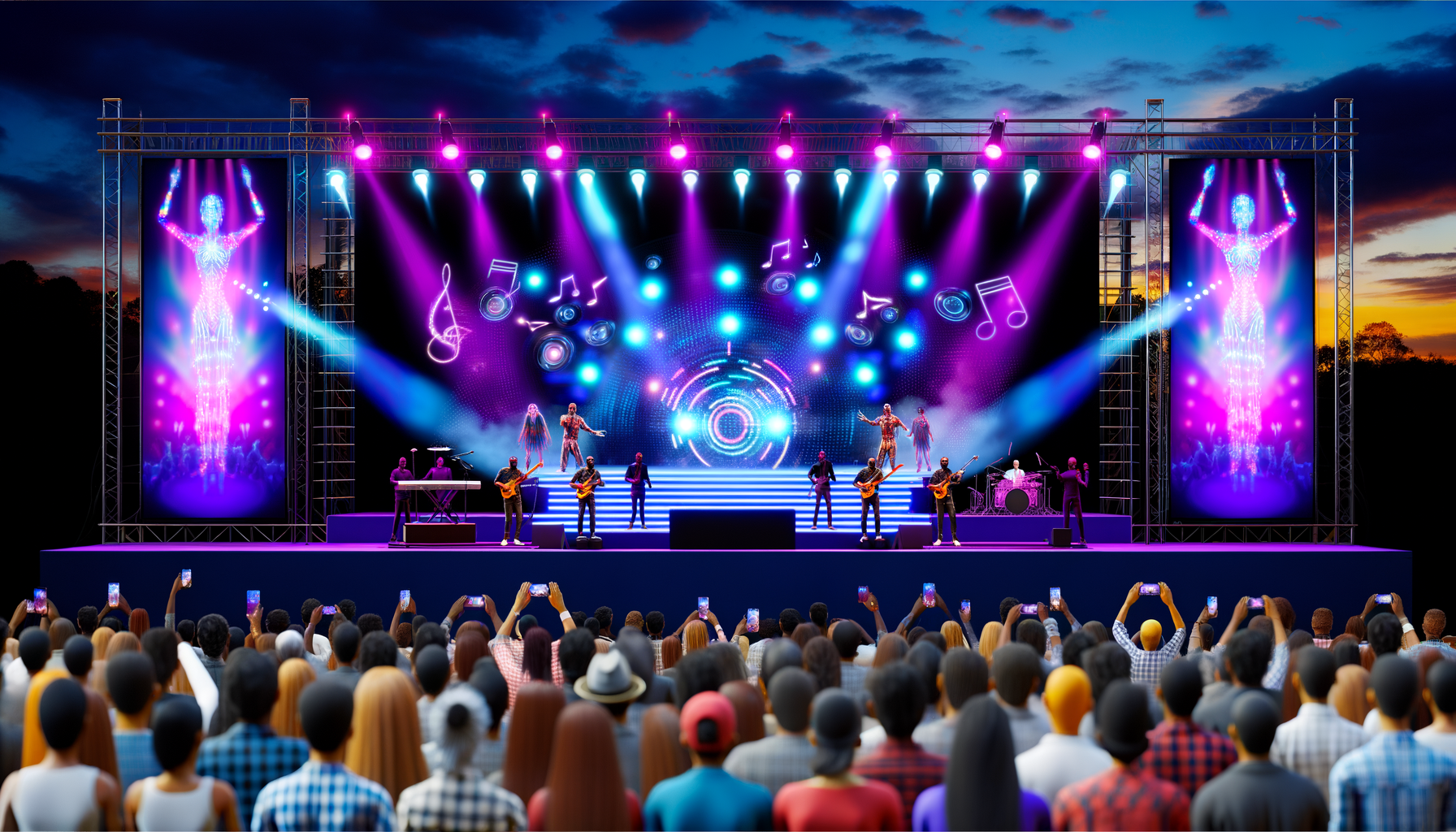AI Transforms Live Performance: Revolutionizing Creativity in Entertainment
The world of entertainment is in the midst of a significant transformation, and artificial intelligence (AI) is at the forefront of this exciting revolution. The recent session devoted to exploring AI’s impact on live performance was designed to spark dialogue, encourage open-mindedness, and facilitate deeper exploration of how technology is reshaping the creative landscape. In this blog post, we will dive into the various ways AI is changing the way we experience live performances, from theater productions to concerts, and what this means for artists and audiences alike.
The Intersection of AI and Live Performance
Imagine attending a concert where the music adapts to the crowd’s mood in real-time or witnessing a theater show that includes interactive elements tailored to your preferences. This is the power of AI in live performances. By leveraging complex algorithms and data analysis, creators can develop experiences that are uniquely catered to their audience, pushing the boundaries of creativity and entertainment.
The integration of AI can enhance live performances in multiple ways:
- Personalization: AI can analyze audience reactions through various means, like social media feedback or wearable tech, to adapt performances live. This can make shows feel more personal and engaging.
- Creative Collaboration: AI can serve as a co-creator, generating music, script ideas, or visuals that artists can tweak and refine. This collaboration can inspire artists to explore avenues they may not have considered otherwise.
- Improved Production: With AI-driven tools, producers can streamline the planning and execution of live shows. From managing stage lighting to enhancing sound quality, AI helps minimize disruptions and maximize audience enjoyment.
Breaking Down the Technical Language
To fully grasp the implications of AI in live performances, let’s break down some technical terms:
- Algorithms: Think of algorithms as sets of instructions or rules that tell computers what to do. In live performances, they help analyze audience data and help decide how to adapt shows.
- Data Analysis: This involves examining information to identify patterns. For instance, if a certain song gets a particularly positive reaction, the show could highlight it more.
- Machine Learning: This is a part of AI that allows computers to learn from data without being explicitly programmed. It essentially enables AI to get better at understanding and predicting audience preferences over time.
The Benefits for Artists and Audiences
One of the key benefits of incorporating AI in live performances is how it empowers artists. By automating certain technical aspects of a show, performers can focus more on their art. Artists can step back and let AI handle specific tasks, enabling them to push their creative boundaries.
For audiences, the experience becomes more immersive and tailored. The combination of live feedback and AI-driven adjustments means that each performance feels fresh and potentially different from the last. Imagine singing along to your favorite song, only to find that the artist includes a spontaneous jam session based on the crowd’s energy!
Challenges on the Horizon
While the potential for AI in live performance is immense, it also poses certain challenges. Here are a few that the industry must consider:
- Authenticity: There’s a concern that AI may reduce the human element of performances. Many fans appreciate the raw emotion in live performances, and an over-reliance on technology may dilute that authenticity.
- Job Displacement: The rise of AI could lead to changes in job roles within the entertainment sector. While some roles may evolve, others could potentially become obsolete.
- Data Privacy: With AI heavily relying on audience data, concerns regarding privacy and consent naturally arise. It’s important for creators to address these issues transparently.
Looking Ahead: The Future of Live Performance with AI
As we move into the future, the partnership between AI and live performance is likely to become even more seamless. Numerous artists have already begun experimenting with AI tools, and the results are fascinating. In fact, musicians are starting to collaborate with AI programs to create new sounds and genres, validating the idea that technology can enhance rather than replace human creativity.
In conclusion, AI is not just a trend; it’s a transformative force that is reshaping how we experience live performances. While there are challenges to navigate, the potential for innovation and creativity is vast. For audiences, the future holds the promise of personalized experiences that go beyond traditional performance norms. For artists, this can mean new opportunities to push creative boundaries and redefine what it means to perform live. As Stephen Hawking once said, “The greatest enemy of knowledge is not ignorance, it is the illusion of knowledge.” By keeping an open mind and embracing this new technology, we can collectively explore the incredible possibilities that lie ahead.
What are your thoughts on AI’s role in live performances? Do you think it’s a positive change for the industry? Join the conversation and share your views in the comments!


